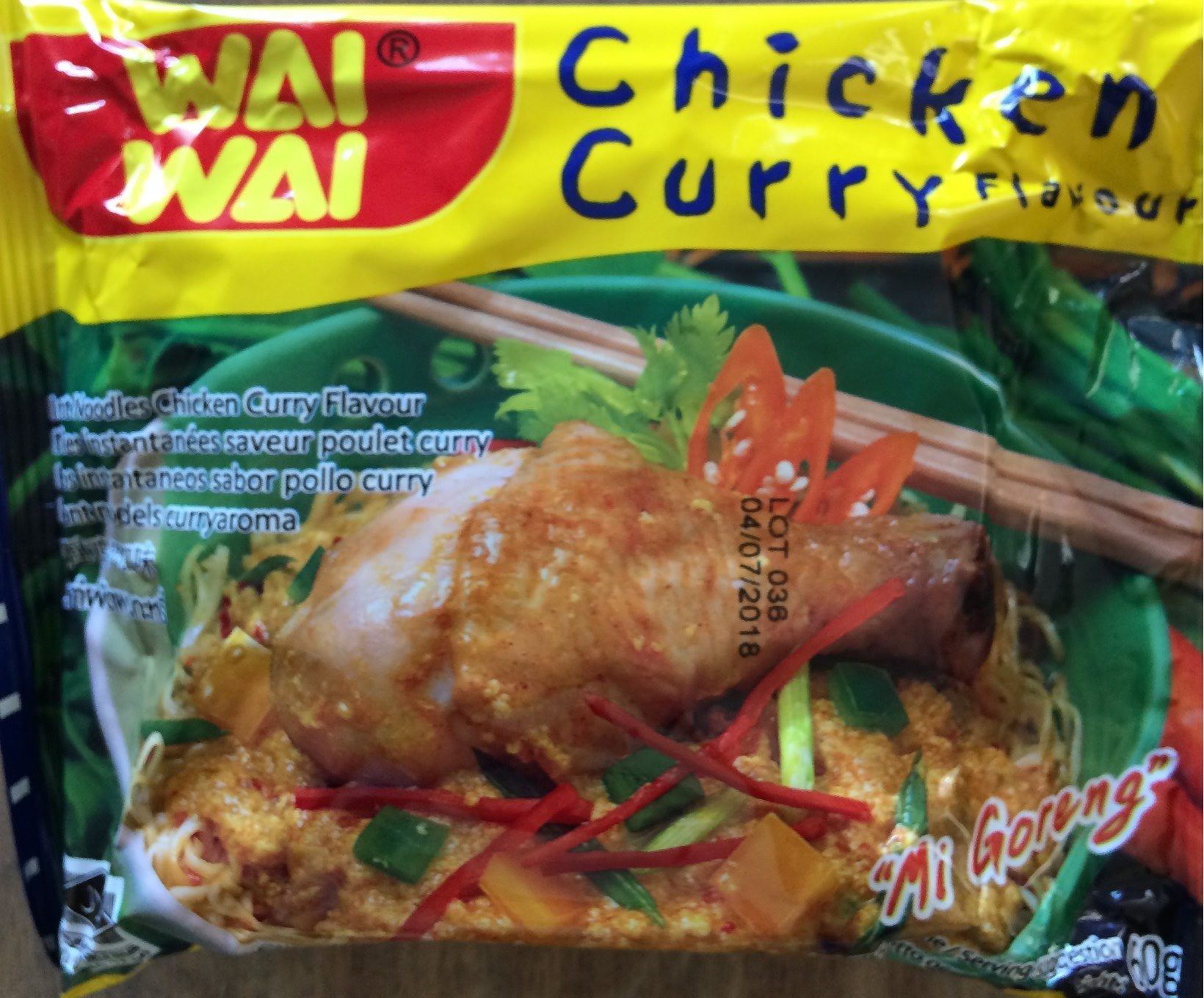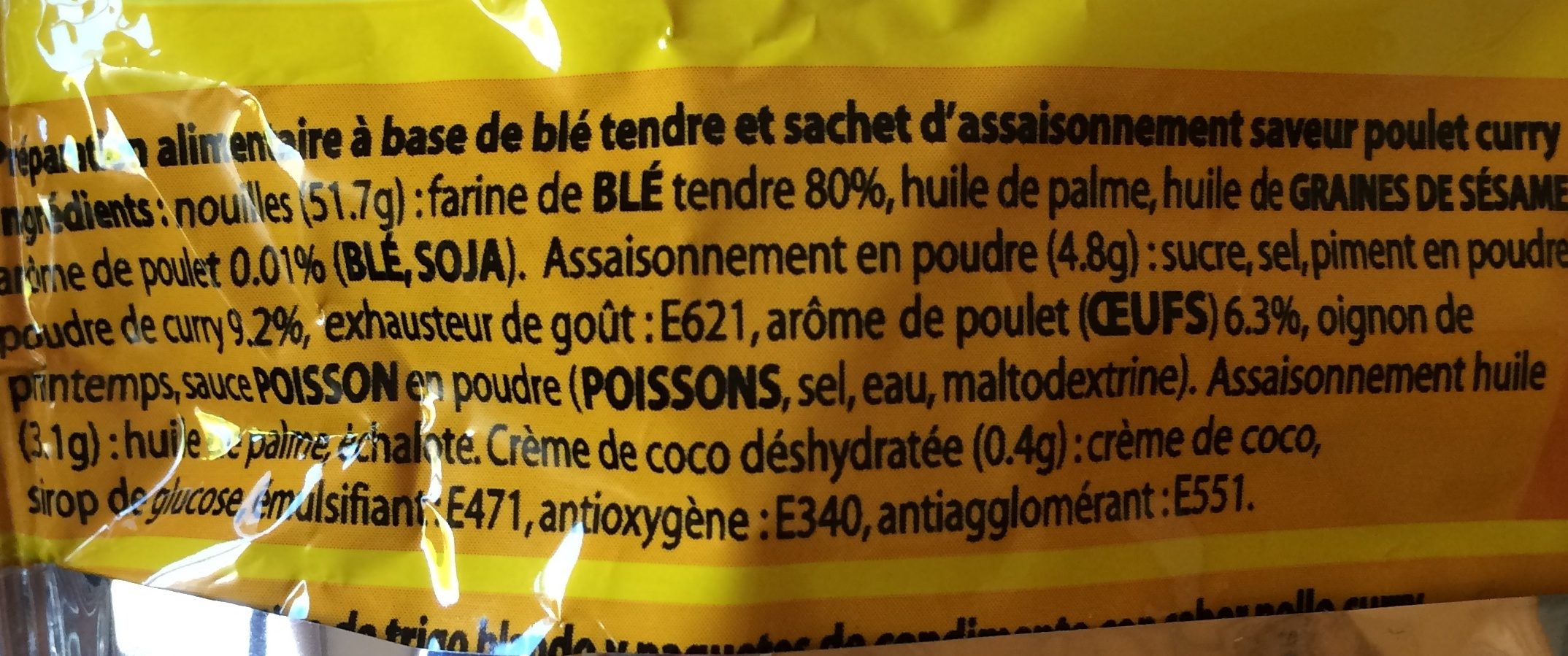Wai wai saveur curry - 180 g (3 * 60 g)
This product page is not complete. You can help to complete it by editing it and adding more data from the photos we have, or by taking more photos using the app for Android or iPhone/iPad. Thank you!
×
Barcode: 3760092457539 (EAN / EAN-13)
Quantity: 180 g (3 * 60 g)
Brands: Wai Wai
Categories: Plant-based foods and beverages, Plant-based foods, Cereals and potatoes, Cereals and their products, Dried products, Pastas, Dried products to be rehydrated, Noodles, Instant noodles, Chinese noodles
Labels, certifications, awards:
Halal, Green Dot

Manufacturing or processing places: Thaïlande
Countries where sold: France
Matching with your preferences
Environment
Carbon footprint
Packaging
Transportation
Threatened species
Report a problem
Data sources
Product added on by openfoodfacts-contributors
Last edit of product page on by packbot.
Product page also edited by beniben, bojackhorseman, ecoscore-impact-estimator, inf, kiliweb, yuka.SHJJY0ZMa2d1L1VGdnNJWDBobjgxYzFWNUxhQWVqK1NldUZQSVE9PQ.








